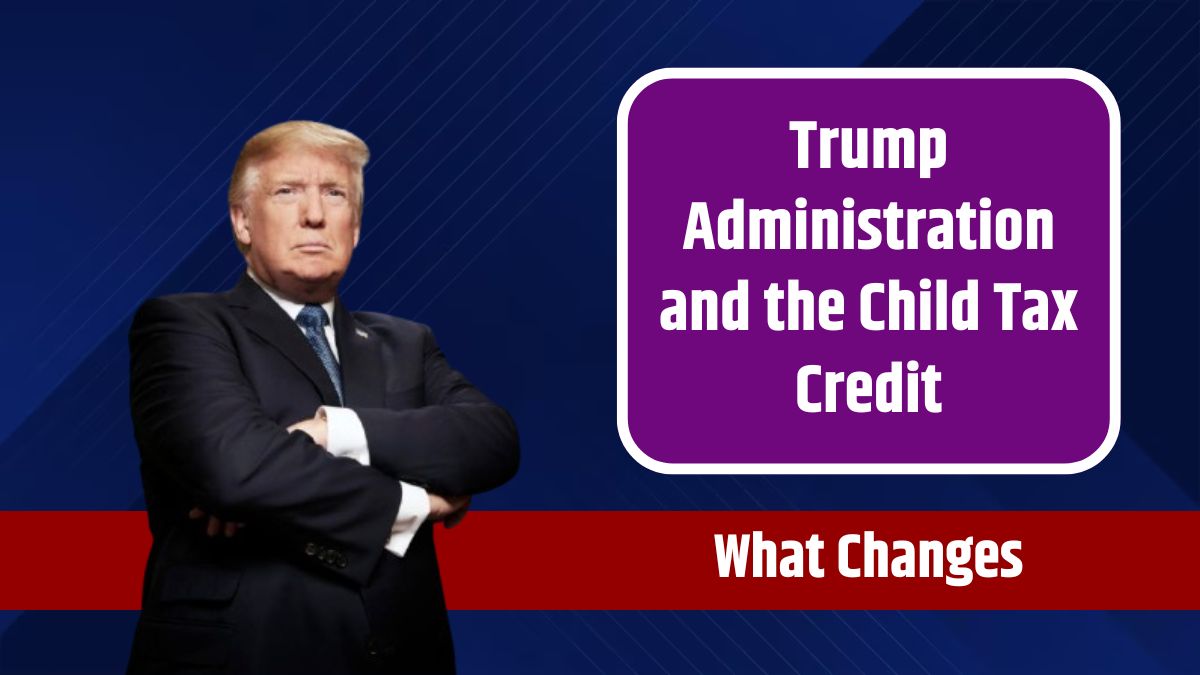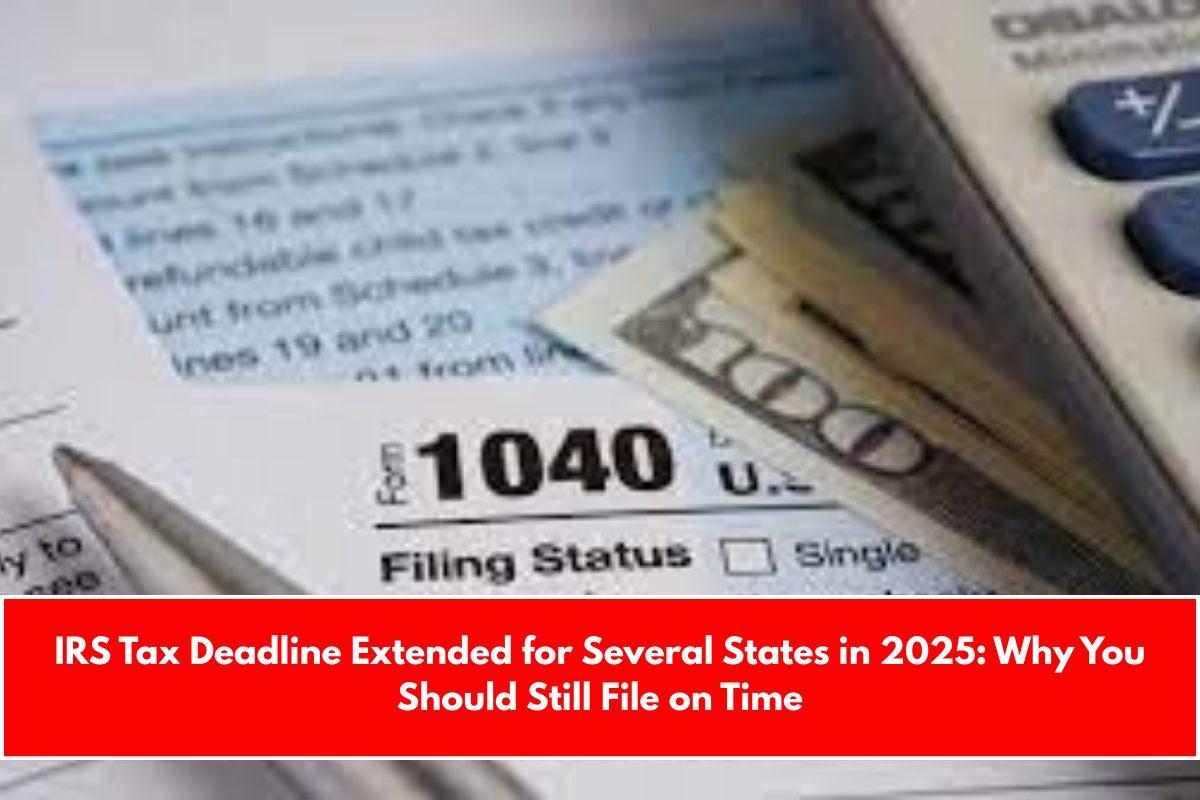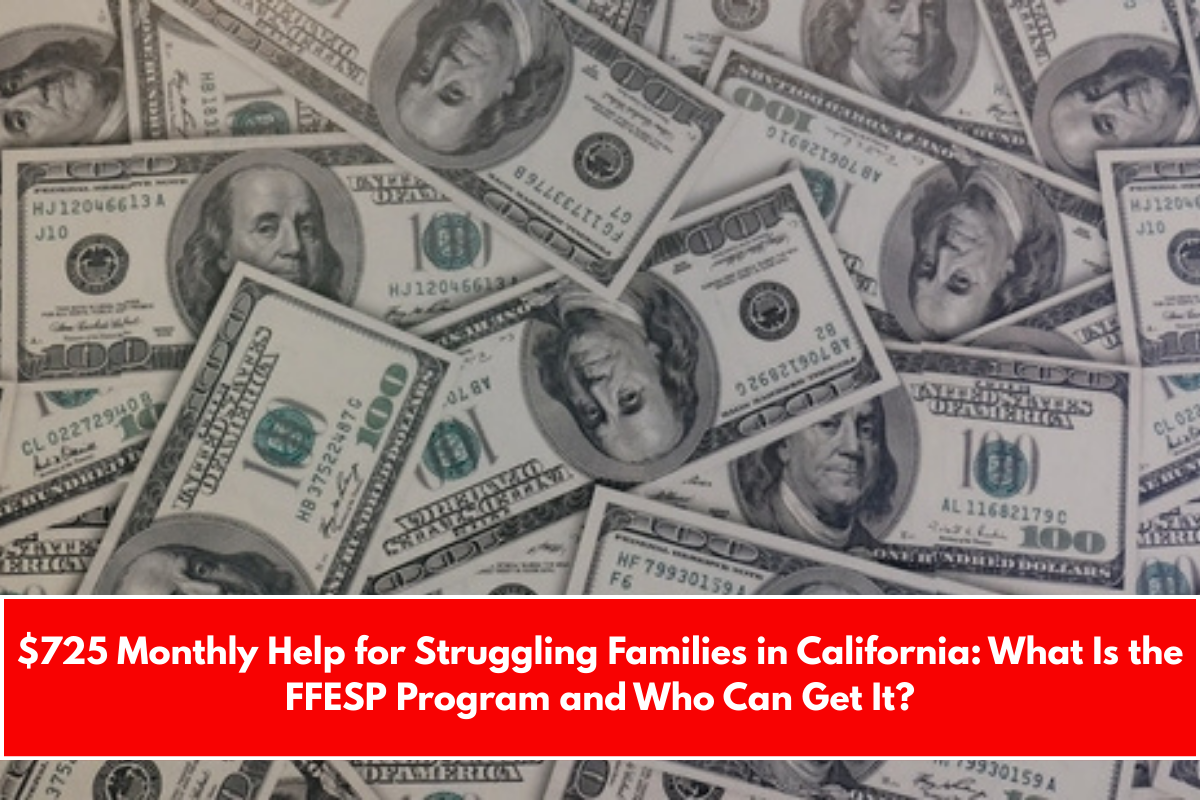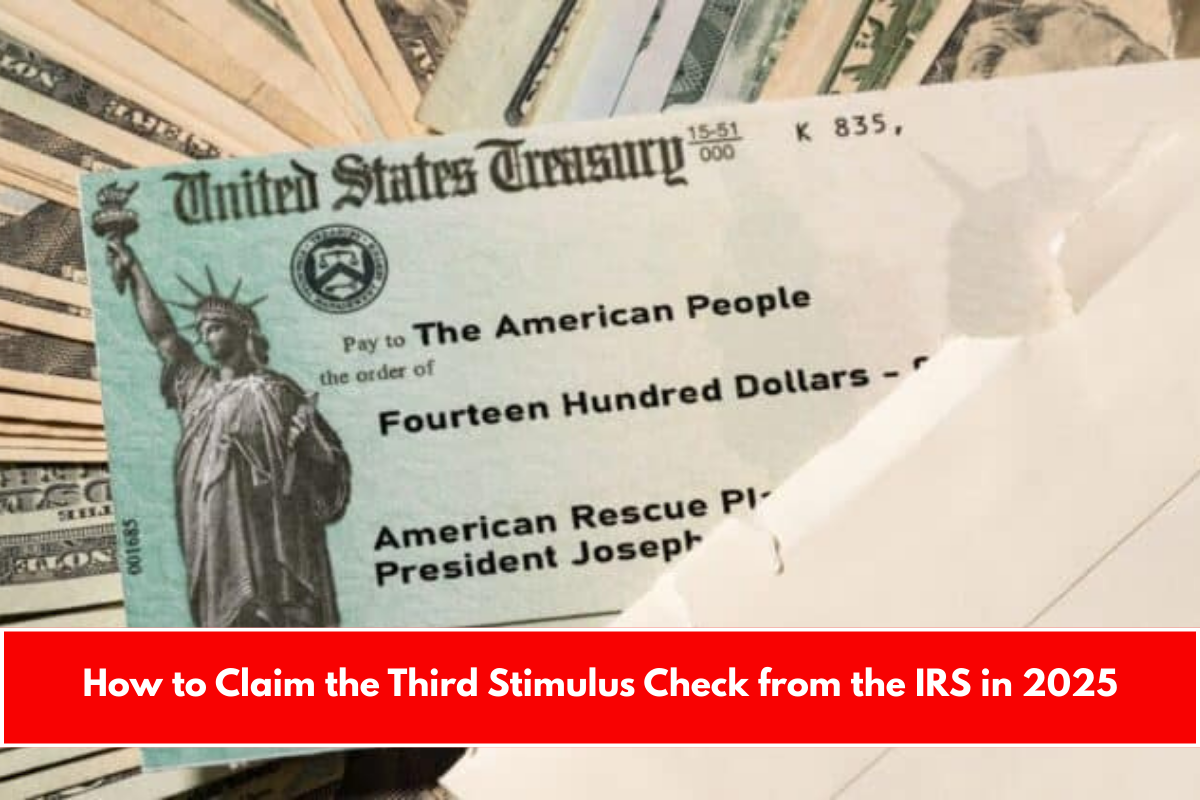The child tax credit (CTC) has long been a vital resource for families, offering financial relief through tax deductions for each dependent child. Introduced in 1997, the credit currently provides $2,000 per child, with $1,600 of that amount refundable. Despite its simplicity, the credit has seen significant temporary changes in recent years, fueling debates about its future.
Temporary Expansion
Under the American Rescue Plan of 2021, the CTC underwent a dramatic expansion. The credit increased to $3,600 for children under 6 and $3,000 for those aged 6–17, while becoming fully refundable. This allowed families to claim the full amount, regardless of their tax liability. Payments were also distributed monthly, offering immediate financial support.
Impact of the Expansion
According to research by the Center on Poverty and Social Policy, the 2021 expansion reduced monthly child poverty by nearly 30%, benefiting 61 million children. However, this expansion was temporary, expiring at the end of 2021. Since then, the credit has reverted to $2,000 per child, with partial refundability.
Current Policy
In 2022, the CTC returned to pre-2021 levels, limiting its reach for many low-income families. If Congress fails to act, the credit is set to decrease further to $1,000 per child in 2025. Efforts to extend or expand the enhanced credit have struggled, often stalling due to political divides.
Failed Senate Proposal
On August 1, 2023, a proposal to increase the CTC failed to pass in the Senate. Most Republican senators opposed the measure, highlighting sharp partisan differences over tax policy.
Republican Proposals
Republican approaches to the CTC have been mixed. During his presidency, Donald Trump doubled the credit from $1,000 to $2,000 under the 2017 Tax Cuts and Jobs Act, but this increase is set to expire in 2025.
Trump’s Current Position
As part of his 2024 campaign, Trump has not outlined specific plans for the CTC. However, members of his team have suggested he might support expanding the credit if re-elected.
J.D. Vance’s Proposal
Trump’s running mate, J.D. Vance, has suggested increasing the credit to $5,000 per child, but he acknowledges the need for bipartisan cooperation—a significant hurdle in recent years.
Democratic Proposals
Democrats have made the CTC a key part of their economic platform. Kamala Harris, running for president in 2024, has championed expanding the credit to make it more accessible and refundable for low-income families.
Policy Focus
Democrats emphasize supporting families in need, contrasting with Republican proposals, which critics say primarily benefit middle- and upper-income families. By targeting refundability and inclusivity, Democrats aim to assist households most affected by financial instability.
What Lies Ahead
The future of the CTC depends heavily on the results of the 2024 elections and subsequent legislative action. For now, families can claim $2,000 per child, but without intervention, this amount will decrease to $1,000 in 2025.
Potential Impacts
For families who benefited from the 2021 expansion, a reduction in the credit could lead to financial setbacks, increased poverty, and greater economic insecurity. Policymakers face the challenge of balancing fiscal constraints with the demonstrated benefits of an expanded CTC.
As negotiations continue, families are likely to face uncertainty regarding the support they can rely on. Any significant changes will require collaboration between Congress and the administration, highlighting the critical role of future elections in shaping the credit’s fate.
FAQs
What is the current child tax credit amount?
The credit is $2,000 per child under 17, with $1,600 refundable.
Will the child tax credit decrease in 2025?
Yes, it is set to drop to $1,000 per child unless Congress acts.
What was the expanded credit under the 2021 plan?
It increased to $3,600 for children under 6 and $3,000 for ages 6–17.
Are there Republican plans to expand the credit?
Some proposals exist, like J.D. Vance’s $5,000-per-child idea.
What do Democrats propose for the child tax credit?
Democrats focus on increasing refundability for low-income families.
















